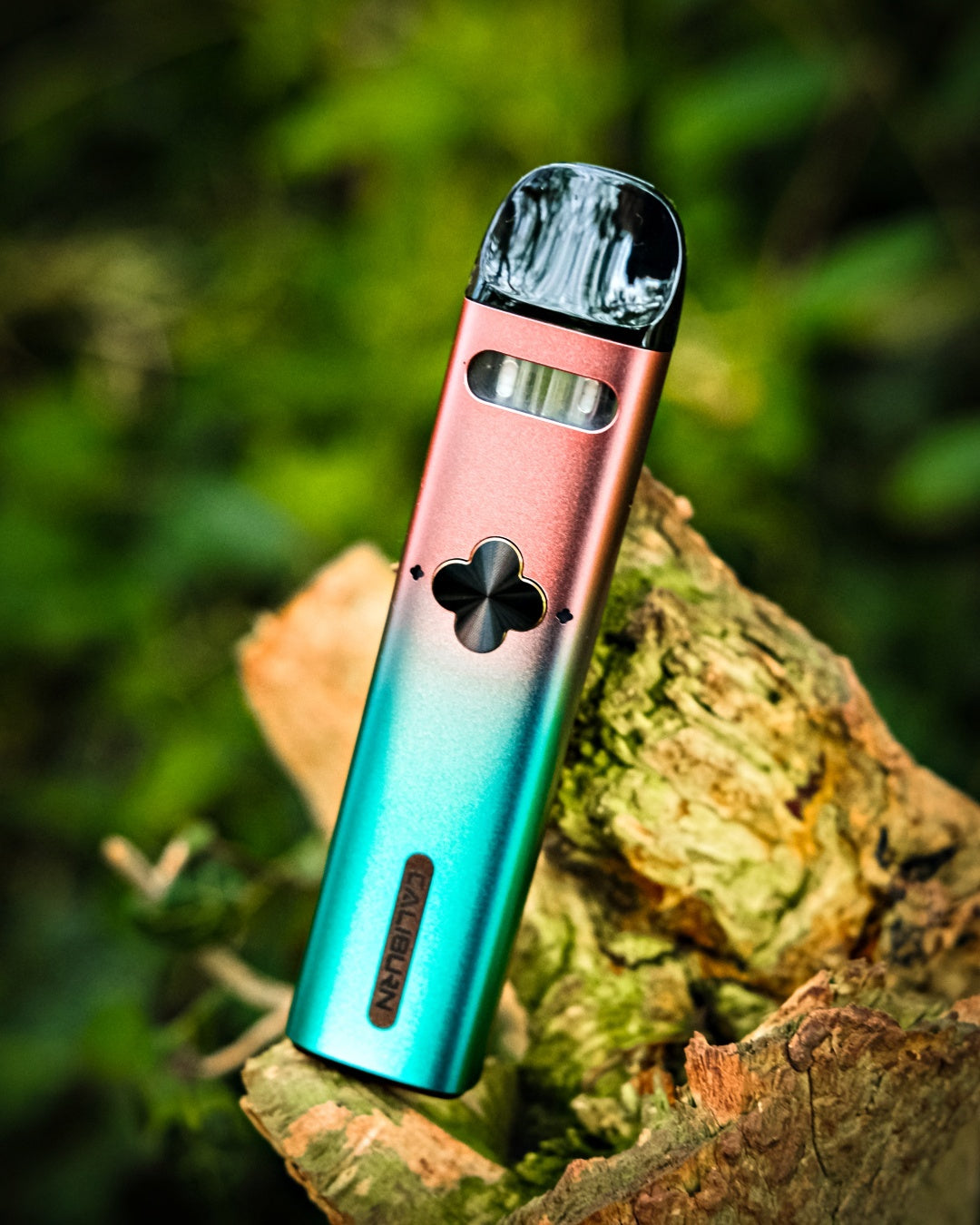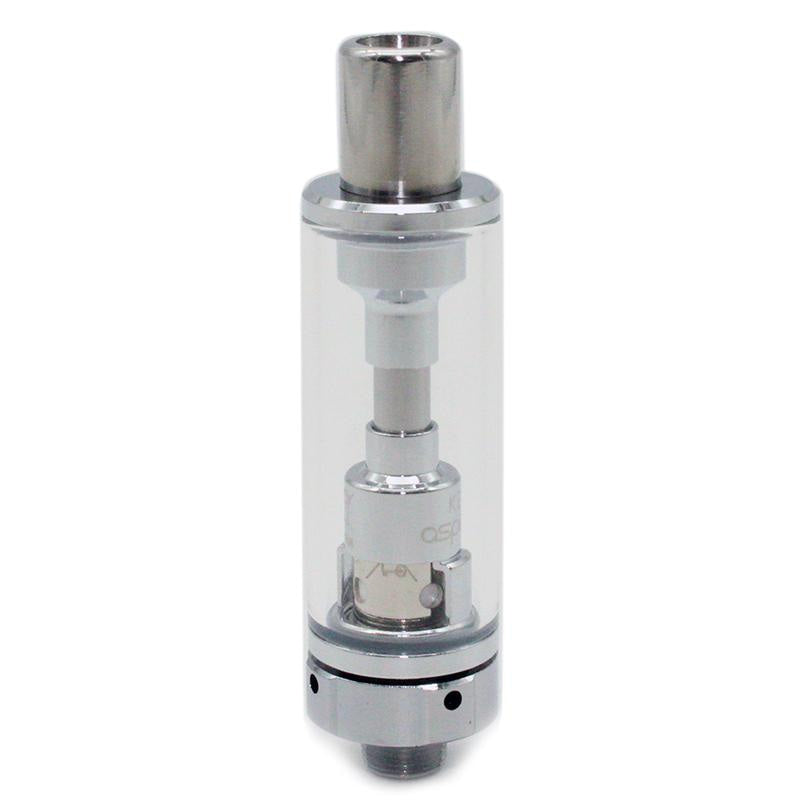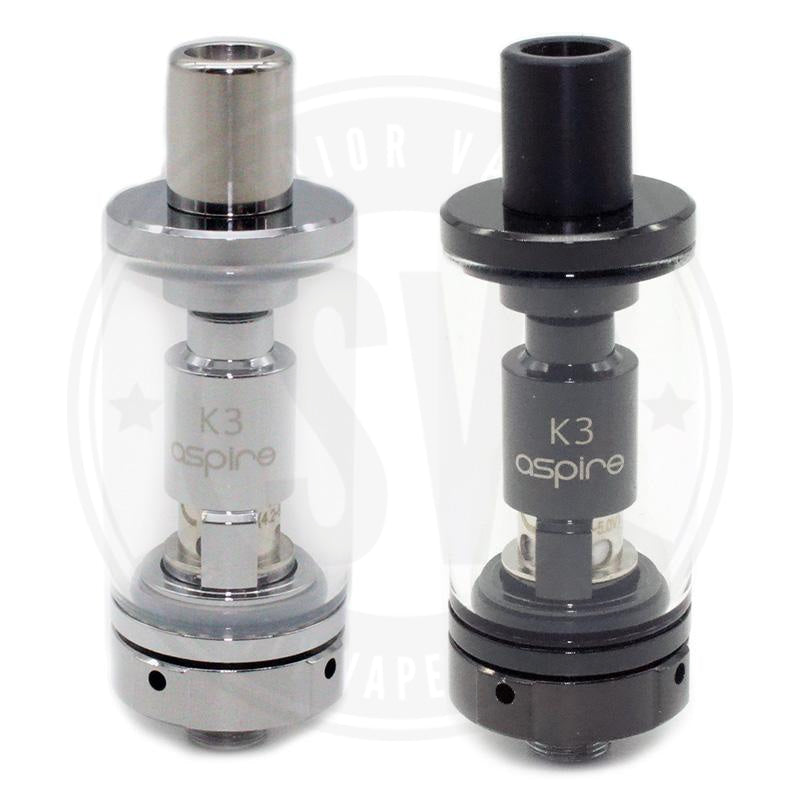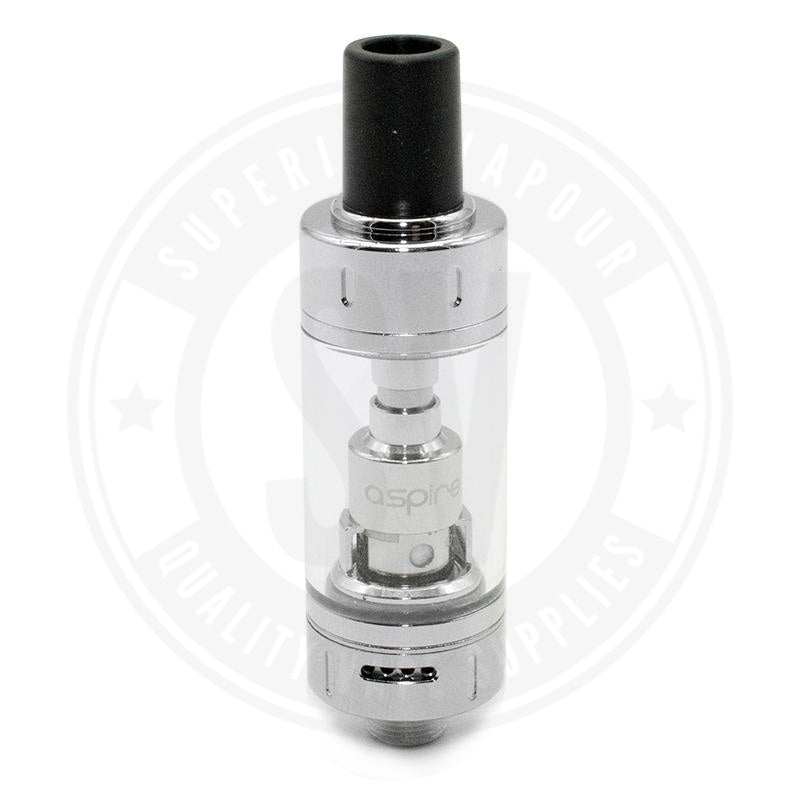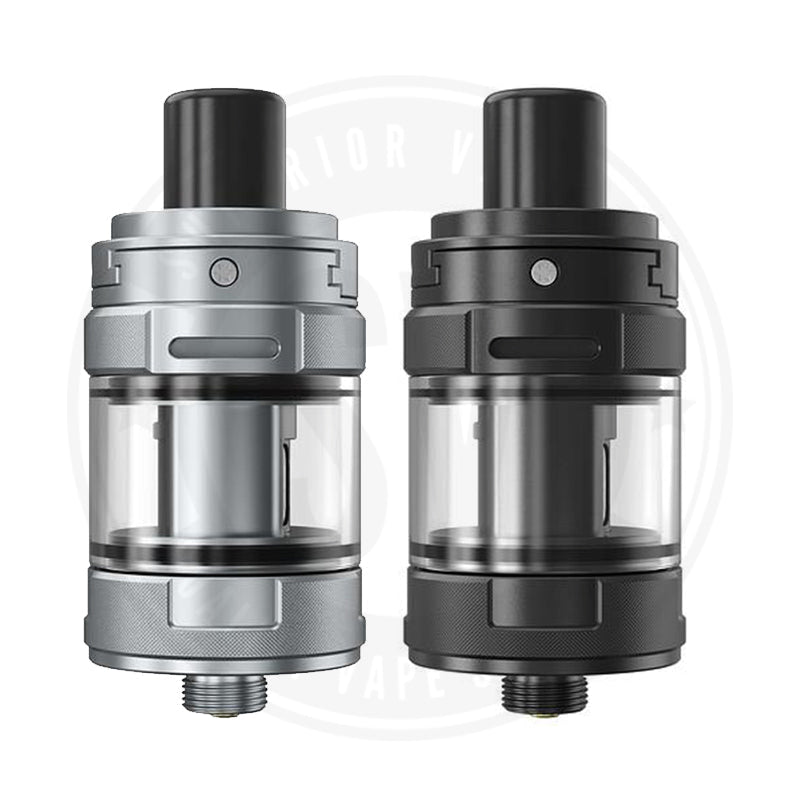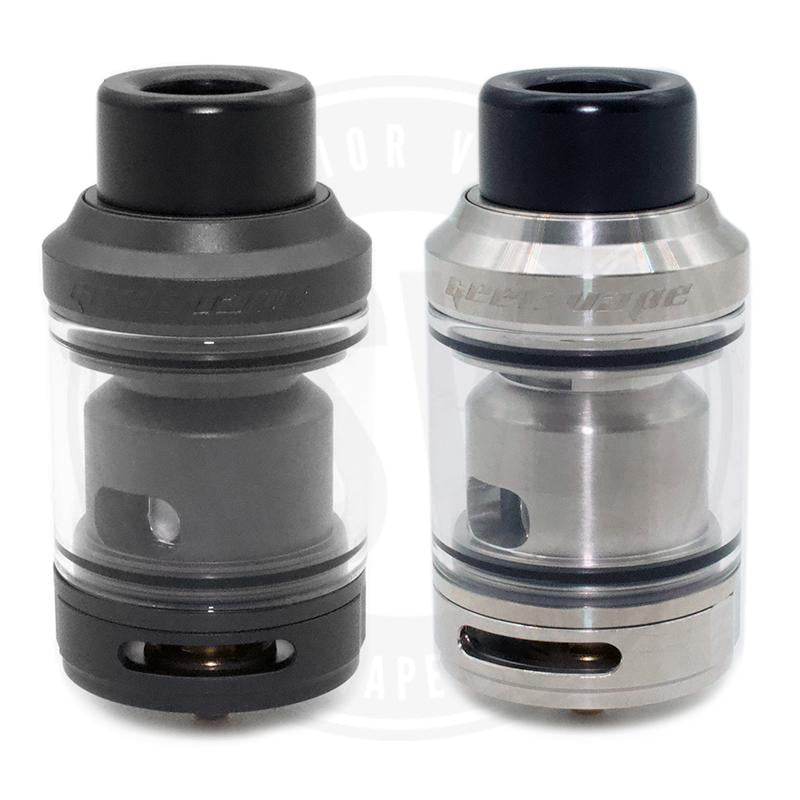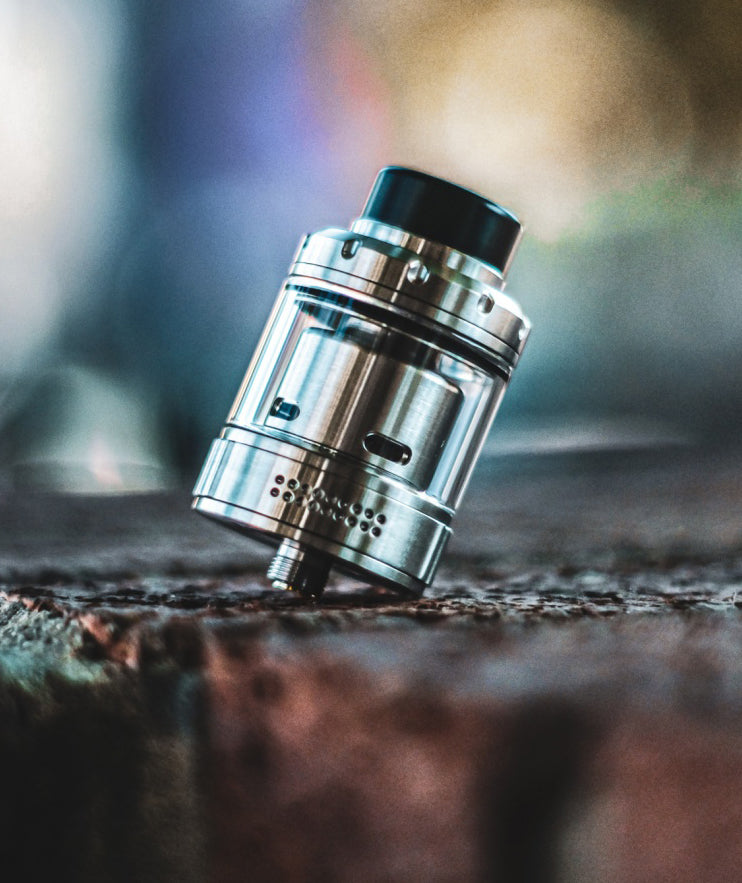Like regular food, e-liquid has its expiration date too, which you can check on the product label. Although e-liquid usually lasts around one to two years, how you handle and store it will affect how long it remains good to vape.
Once an ingredient in e-liquid breaks down or changes significantly, the e-liquid as a whole won’t be usable anymore. E-liquids are generally made of a PG (propylene glycol) and VG (vegetable glycerin) base with nicotine and flavourings mixed in. PG is man-made and resistant to decay, but the flavourings are likely to expire first, followed by nicotine or VG.
You can tell right away when your e-liquid has gone bad. It might take on a different colour over time, but this doesn’t necessarily mean you should throw it away—not-so-pleasant changes in flavour and smell are better indicators.
If you’re planning to have your e-liquid around for several weeks or months, then following proper storage practices will keep it in good condition so you can vape every drop of it:
What to Avoid: Heat, Air, and Light
Heat, air, and light might seem unavoidable, but these are the main triggers that cause your e-liquid to expire. All three of these alter your e-liquid on a chemical level, and the degradation process is irreversible.
Air and light start a process of oxidation when they come into contact a lot with e-liquid. Oxidation also wears down food, essential oils, metals, and even human cells. On the other hand, it’s unavoidable because your e-liquid will inevitably come into contact with air and light—even if your e-liquid container is sealed tight, there will always be some air trapped inside, contributing to oxidation. What you can do, however, is to minimise exposure. Air has the additional side effect of turning nicotine brown and eventually breaking it down.
Heat is also just as important to avoid. When heat is applied to e-liquid, the molecules become more reactive with each other, and just as with air and light, your e-liquid won’t be the same anymore. When e-liquids are manufactured, they’re commonly kept at room temperature because this brings out the best flavour profile. There is some flexibility when it comes to temperature, but even though e-liquid only evaporates at 150 C, it can start reacting at around 40 C. Because of this, e-liquid should be kept away from stoves, heaters, and other warm appliances. When you’re bringing your e-liquid around outside, don’t leave it in your car, as this can get pretty hot on a summer’s day.
Storage Areas for E-Liquids
The main rule of thumb with e-liquids is to store them somewhere cool, dark, and dry.
A popular choice for vapers would be cupboards, cabinets, or closets, where the e-liquid is pushed to the back or a remote corner so it’s hidden away from light. One thing that you do have to be mindful of when you’re storing your e-liquid in your kitchen is to separate it from food or cooking ingredients. Other people in your home might accidentally mix it up with food.
For vapers who have kids or pets around, it’s best to put the e-liquid somewhere that isn’t very reachable—a high shelf, for example. You can also have your e-liquid inside a box stowed away underneath the bed, but take extra precautions by adding a lock to it.
You might be wondering if you can store your e-liquid in the fridge or freezer. This usually isn’t necessary, but it does do a better job of preserving your e-liquid over the long-term. A fridge can reduce your e-liquid’s exposure to light, heat, and air, and just as it makes food last longer, it can make your e-liquid less reactive because the molecules are slowed down.
However, there are some tradeoffs. You might experience a loss of flavour with certain e-liquids. At the same time, extremes aren’t good, either—a fridge temperature that’s turned down too low can affect your e-liquid ingredients. On the bright side, your e-liquid is unlikely to freeze because PG and VG have low freezing points. The consistency will become thicker, though, and you’ll have to let your e-liquid warm back up to room temperature before vaping with it.
The Best E-Liquid Containers
It’s not just the general storage area that you have to consider—the exact bottle or container where you put your e-liquid also matters.
Plastic vs. Glass
Plastic is cheaper and more available, and you can stick with plastic bottles for your e-liquid if you’re going to finish it within two months. But once you go beyond that timeframe, plastic won’t be helpful in prolonging your e-liquid’s life. Over time, the plastic will interact with e-liquid, and this is accelerated by heat. Even high-quality plastic isn’t immune from this, not to mention that plastic can be permeable—air passes through it more easily, and pets can chew through it.
For e-liquids that last much longer, invest in glass bottles. Glass doesn’t react as much with your e-liquid, and it blocks out air better than plastic.
Tinted Bottles
You’ll notice that most e-liquids are packaged in tinted rather than clear bottles. Tinted bottles help keep the light out. Although you might already be keeping your e-liquid away from sunlight, a tinted bottle serves as an extra security measure.
Reducing Air Exposure
The container also plays a role in how much exposure to air your e-liquid is getting. Whatever your container, make sure it’s airtight and sealed well, and close it quickly when you’re transferring e-liquid to your vape device.
Size matters as well. Small bottles are more advisable because they don’t leave as much excess air above your e-liquid as it gets consumed over several months. If you’re sticking with a large bottle for your e-liquid, try to transfer some of the e-liquid to a smaller bottle before vaping. Instead of opening the large bottle every time you refill your device, you can simply draw from the smaller bottle, preventing your main stash of e-liquid from being repeatedly exposed to air.
Storage for Retailers and Manufacturers
Retailers, shop owners, and manufacturers should follow proper storage as much as possible, considering that they keep e-liquids around for longer periods and a slight variation in flavour or quality can make or break customer experience.
On top of this, they have to comply with product regulations. E-liquid containers have to be at less than 10 mL—the exception to this would be if the e-liquid doesn’t have nicotine, as with short-fills. The containers should be child-resistant and tamper-evident, and there should be specific labels and warnings on the device, including a detailed list of ingredients and tips on product storage.
Summary
To sum it up, here’s how you can store your e-liquid properly:
- Avoid heat, light, and air
- Keep your e-liquid in a dark and cool place like a cupboard or closet
- You can opt for long-term storage in a fridge, but flavour might be affected
- Go for tinted glass bottles that are small and airtight
- To keep it away from children or pets, put it on a high shelf or inside a locked box
Chances are, you’ll end up finishing your e-liquid within a few weeks or less, but if you want to maximise your e-liquid’s lifespan so it lasts for more than a year, then proper storage is key. The more you do this with your e-liquids, the more it’ll become second nature, and you’ll be glad when your e-liquid makes it through the long haul.









